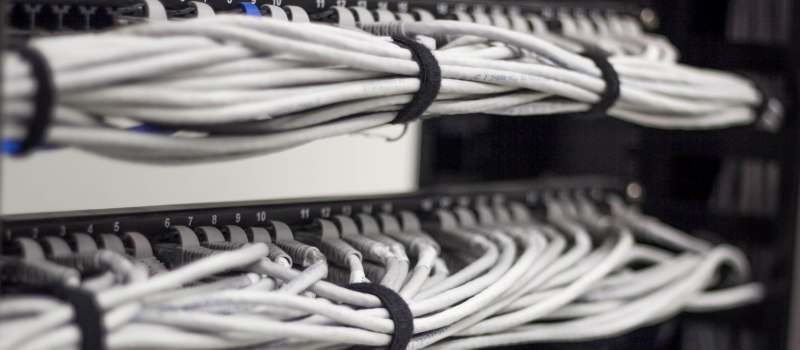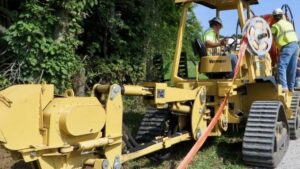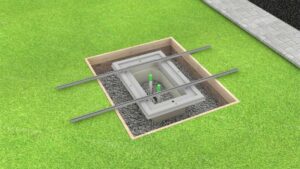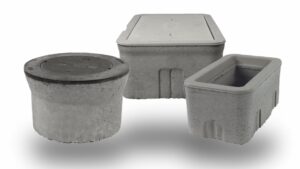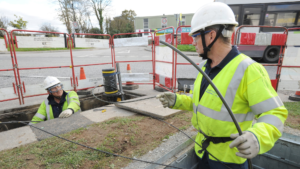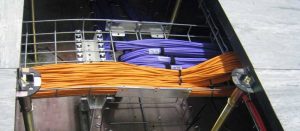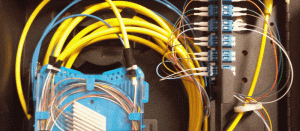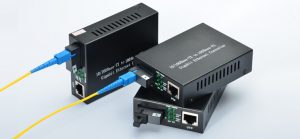It has excellent attenuation and crosstalk characteristics and exceeds TIA/EIA-568-C.2 specification. With its UV resistant jacket, category 6 cable is designed for outdoor installations where resistance to sun rays is important.
This cable is listed by ETL to be type CMX. The wires are 23 AWG in size and are made of solid bare (pure) copper conductors. All 4 pairs are easily identified by color stripes. This cable is supplied in 1000 feet wooden spool and sequential length markings are printed on the jacket.
Specifications are:
- Cat 6 UTP UV resistant 1000 feet Cable
- ETL listed CMX for outdoor network installations
- 23 awg wires made of solid bare copper conductors
- Exceeds TIA/EIA-568-C-2, CSA and ISO/IEC 11801 specifications
- Supplied in 1000ft Wooden Spool
Why Use Category 6 cable Vs Category 5e cable
Installing Category 6 bulk cable for your home or office network is an investment in the future. Category 6 bulk cable is considered universal. It supports 100 Megabit and Gigabit data rates far better than Cat5e and it is reverse compatible with all 10/100 Ethernet equipment.
Because of its improved transmission performance and superior immunity from external noise, systems operating over category 6 cabling will have fewer errors versus category 5e for current applications. How many fewer errors?
Cat6 cabling may look identical on the periphery to Cat5 cabling, but there are significant differences between the two. Cat6 cables are built to much tighter tolerances. The precision of the cable twists significantly punch down interference without the need for shielding.
The problem of cross talk is dealt with by using an insulator between the wire pairs. These subtle nuances will permit Cat6 cabling to handle 10 Gigabit data rates in the near future.
In essence, using Cat6 as your network cable of choice will allow you to use equipment 10X faster that what’s on the market today. There is a minor initial cost premium associated with using Category 6 cable, but the long term cost savings associated with avoiding future upgrades is worth it.
We recommend using Category 6 cabling whenever possible on all new residential and commercial installations. Estimates place Cat6 as still being a viable cable technology 25 years from now!

